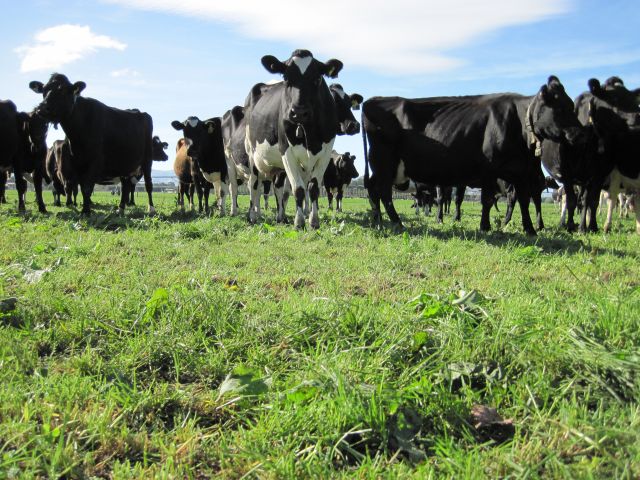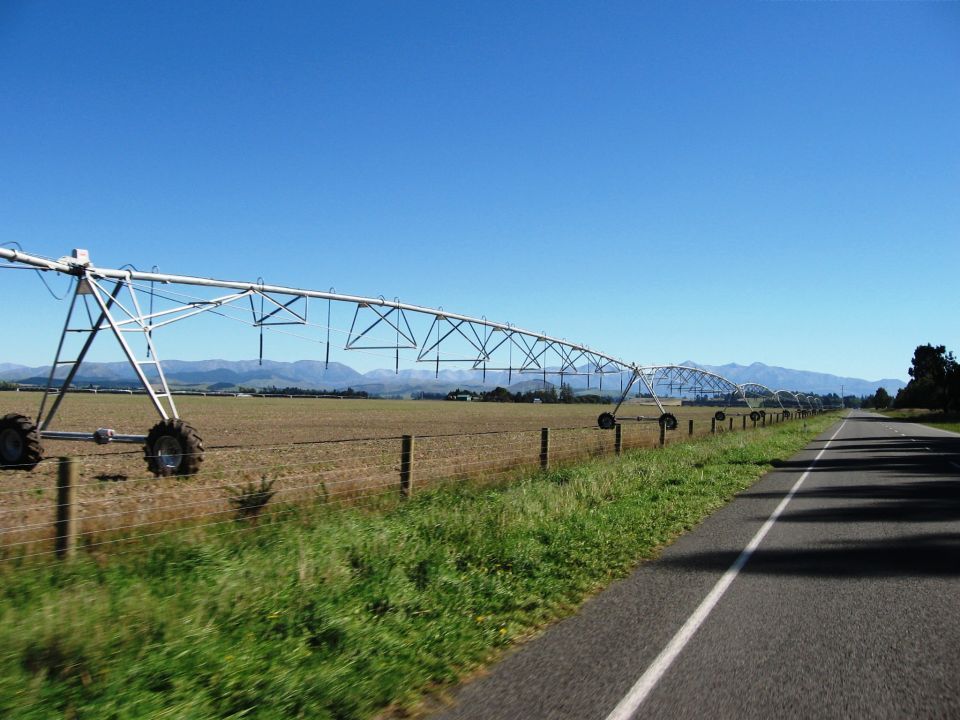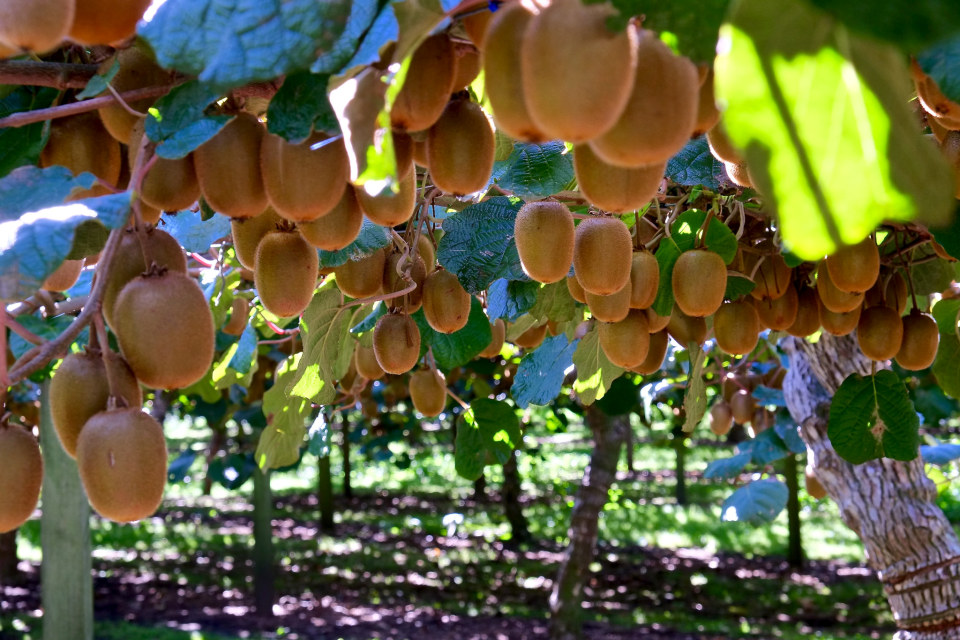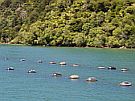Primary industries of importance to New Zealand include:
- Agriculture – Dairy and Meat & Wool
- Forestry
- Horticulture – including viticulture
- Seafood – including aquaculture and fishing
People rely on primary industries and these industries are affected by some of the world's most pressing problems, such as:
- biosecurity risks
- animal welfare
- food safety
- and the effects of climate change.
People working in primary industries help feed, shelter, and clothe the world. Primary Industries have always been important to New Zealand. New Zealand's primary industries generate over $36 billion a year in exports.
Agriculture
Agriculture is successful in New Zealand because animals are largely grass fed, but also because New Zealand farmers are highly skilled and innovative in their use of technology.
In 2016
- Dairy provided over $13 billion in export earnings. There are over four* million dairy cows in New Zealand and New Zealand has over a third of the world’s international dairy trade. New Zealand’s dairy products feed more than 100 million people worldwide.
- Meat and Wool provided over $9 billion in export earnings. New Zealand is the world’s largest exporter of sheep meat and cross-bred (strong) wool. Beef cattle, poultry, deer, goats and pigs are also farmed in many areas of New Zealand.
Forestry
New Zealand is unique because most forestry production and exports come from privately-owned exotic plantation forests. These forests have been grown specifically for harvesting. Radiata pine is the main form of forestry in New Zealand. Most of New Zealand’s indigenous forests have been set aside for conservation and are protected.
In 2016
- Forestry provided over $5 billion in export earnings. About an eleventh of all exports are wood products, including timber, pulp, board, paper and newsprint.
Horticulture
The major fruits grown commercially in New Zealand are kiwifruit, grapes, apples, pears, and avocados. There are also over 25 varieties of fresh and processed vegetables worth $591 million in exports to 76 countries. Horticulture is increasingly successful due to science advances and orchardists are highly skilled and innovative in their use of technology. New Zealand also produces over 19,000 tonnes of honey from more than 576,000 hives.
In 2016
- Kiwifruit provided over $1.6 billion in export earnings.
- Wine provided over $1.5 billion in export earnings.
- Apple and Pears provided over $700 million in export earnings.
- Fresh and processed vegetables provided over $600 million in export earnings.
- Honey provided over $315 million in export earnings.
Seafood
Since the establishment in 1977 of an exclusive economic zone around New Zealand (one of the largest such zones in the world), commercial fishing has developed into a major export industry. The fisheries are managed by a world-leading quota management system which sets limits on fish catches, and allows the trading of quota. As well as fish species such as hoki, orange roughy, tuna and snapper, there are significant exports of squid, lobster and farmed mussels.
Seafood includes wild capture fisheries and aquaculture.
In 2016
- Wild capture fisheries provided over $1.3 billion in export earnings
- Aquaculture provided over $390 million in export earnings
During this field trip you will be focusing on how New Zealand manages its renewable natural resources in aquaculture, agriculture and forestry.
Ministry for Primary Industries 
The Ministry for Primary Industries manages and regulates the above industries as well as three systems that are very important to this sector. These are:
- Biosecurity
- Animal welfare
- Food safety
On the primary industries field trip you will investigate aspects of all of these systems.
Non-renewable natural resources such as coal, oil, gas and minerals like gold and iron are also primary industries in New Zealand but these are managed by a different government agency known as New Zealand Petroleum and Minerals.










